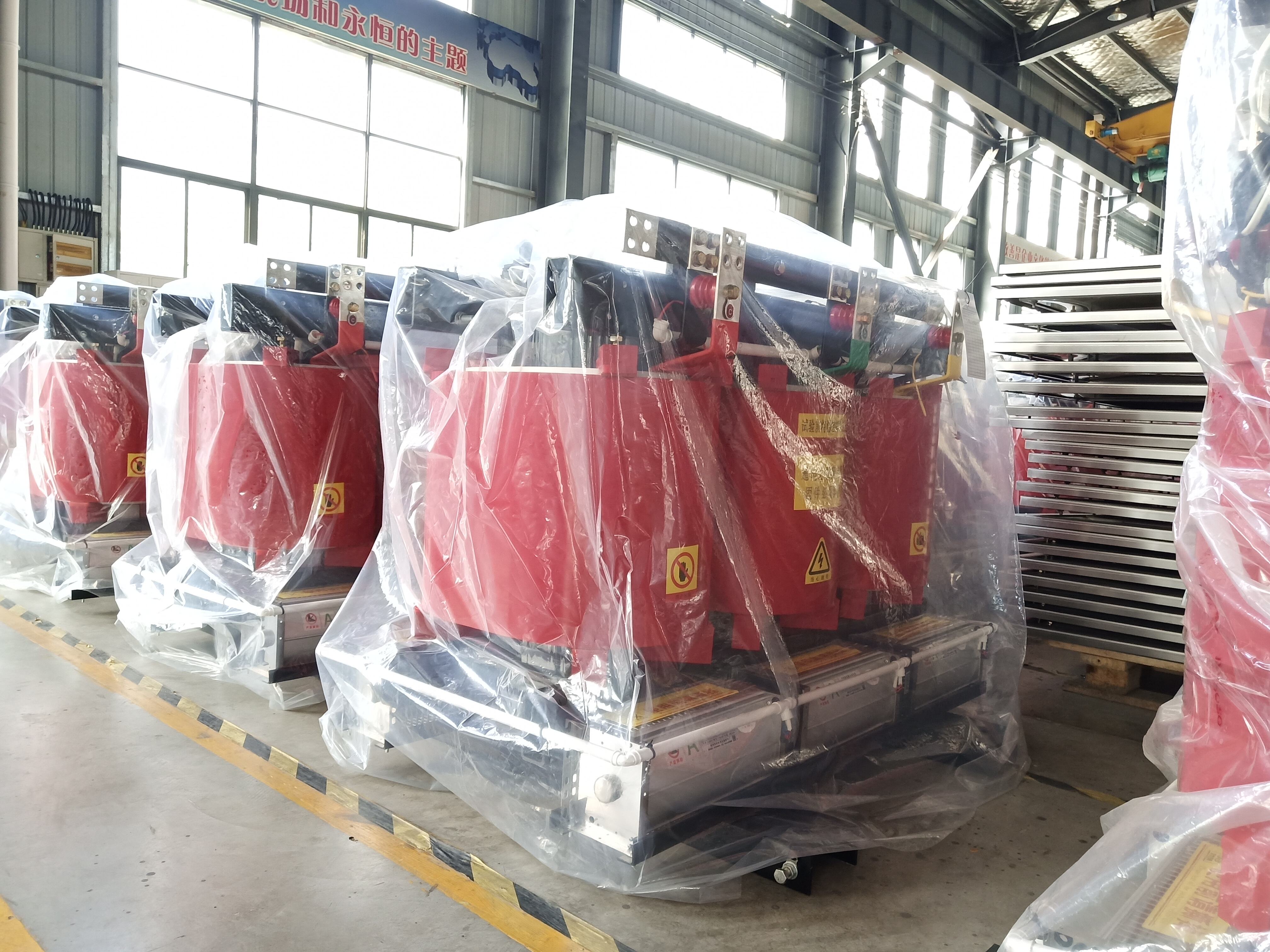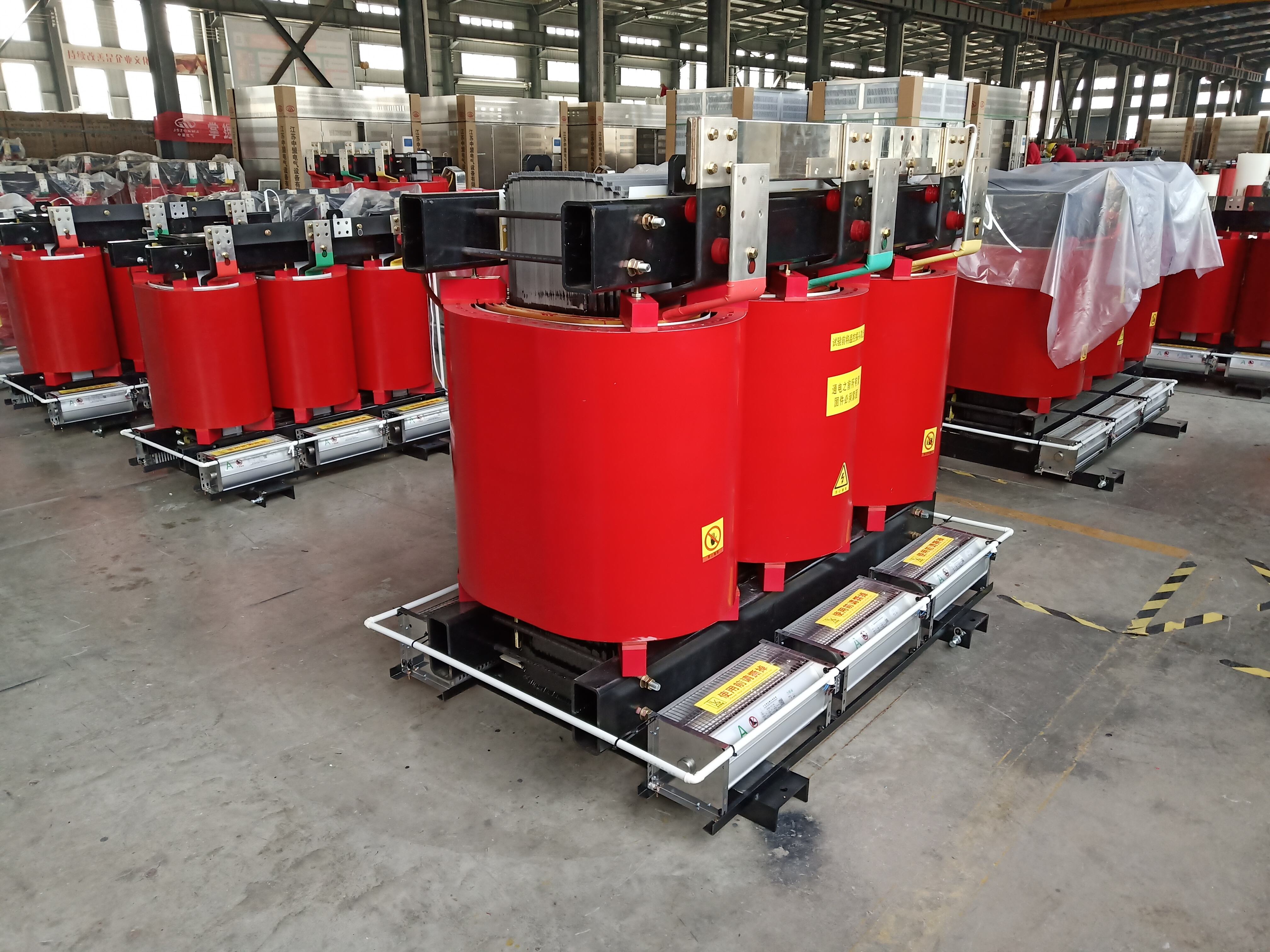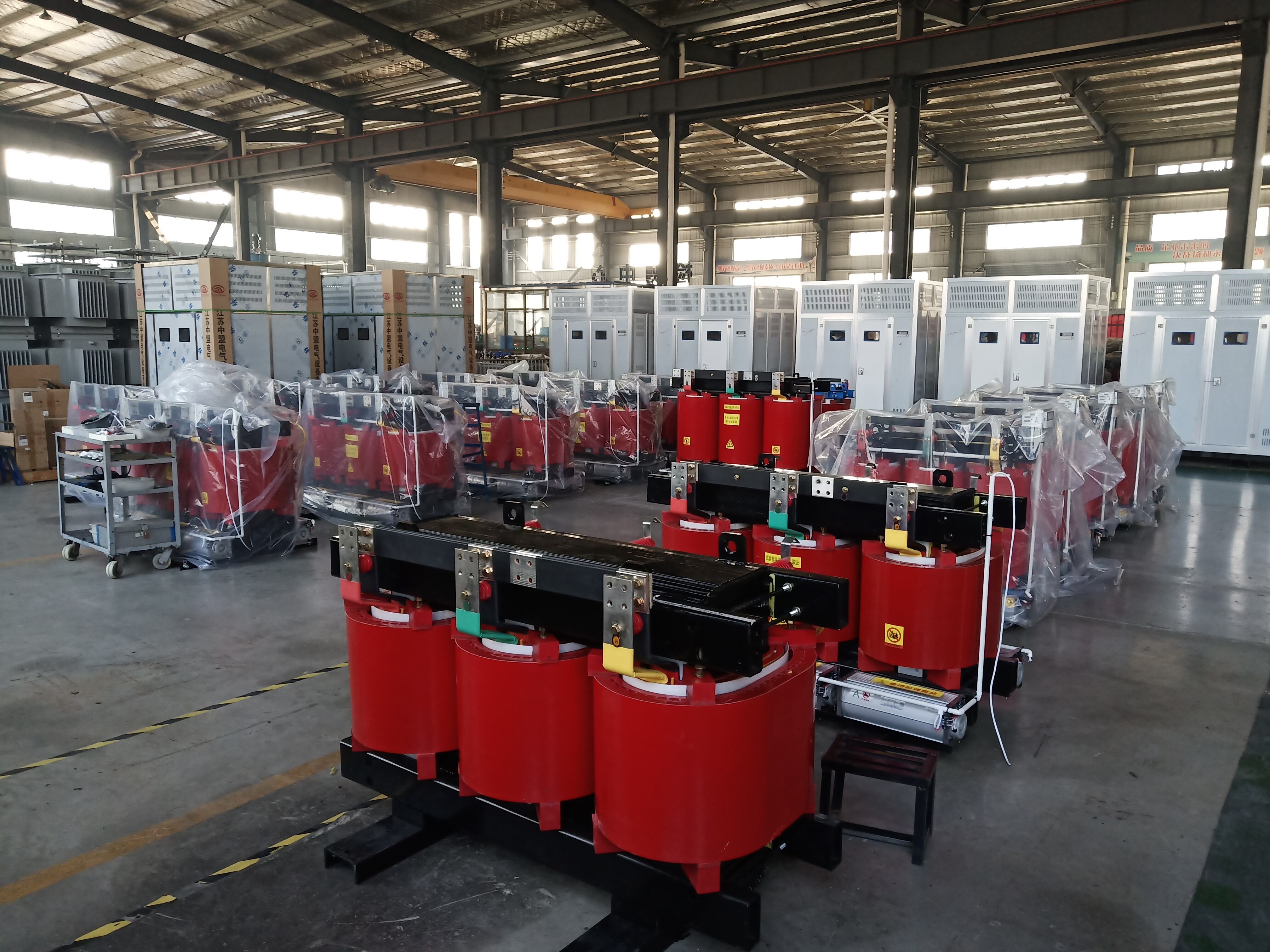substation power transformer
A substation power transformer is a critical electrical device that serves as the backbone of power distribution systems, converting high voltage electricity to lower, more manageable levels for various applications. These transformers are sophisticated pieces of equipment designed to handle substantial power loads while maintaining optimal efficiency and reliability. The core functionality involves stepping down transmission voltages from power plants to distribution levels suitable for industrial, commercial, and residential use. Modern substation power transformers incorporate advanced monitoring systems, temperature control mechanisms, and protective features that ensure safe and efficient operation. These units are engineered with multiple cooling systems, including oil circulation and radiator banks, to maintain optimal operating temperatures under varying load conditions. The transformer's design typically includes tap changers for voltage regulation, bushings for electrical connections, and comprehensive insulation systems. Their robust construction enables them to withstand environmental stresses, electrical surges, and continuous heavy-duty operation. These transformers are essential in maintaining power grid stability and ensuring reliable electricity supply across vast networks. They feature sophisticated diagnostic capabilities that enable predictive maintenance and real-time performance monitoring, significantly reducing the risk of unexpected failures and operational disruptions.


